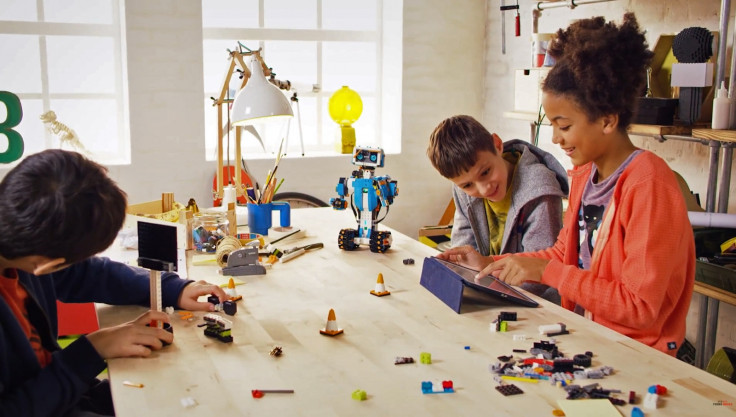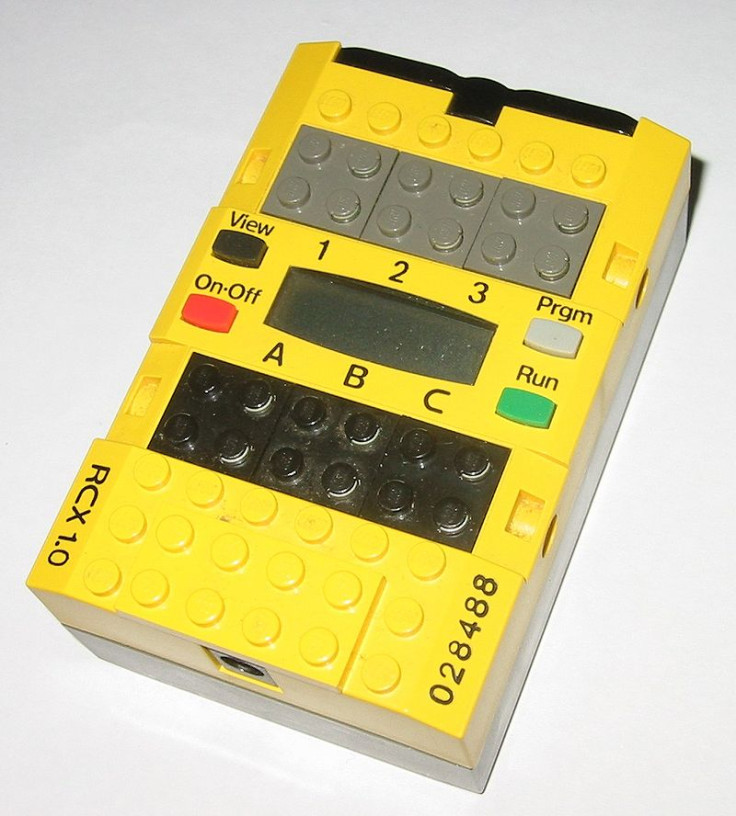Lego Boost: Finally Lego creates kit to turn existing toy bricks into a programmable robot
Forget Technic or Mindstorms, now you can turn existing Lego kits into motorised and motion-sensitive toys.

Danish toymaker Lego has debuted a long-overdue solution called Lego Boost that allows anyone to build their own robot using existing plastic multicoloured toy bricks.
The Lego Boost kit, announced at the Consumer Electronics Show (CES 2017) in Las Vegas, features a series of interactive motors and programmable bricks that can be added to all existing Lego kits in order to transform creations into motorised and motion-sensitive toys controlled using a mobile app.
The kit will retail at $159.99 (£130) and comes with instructions to help children aged from seven to build five things from Lego bricks including "Vernie the Robot", "Frankie the Cat", "the Guitar 4000", "the Autobuilder" and "the Multi-Tool Rover 4". The kit features 840 bricks as well as the Move Hub, which contains a six-axis tilt sensor, two input and output ports, a power button and a light that changes colour, all powered by six AAA batteries.
At this stage, there is no need for anyone to know how to code, as the controls for the robots are handled by a companion mobile app available on both Android and iOS, so children can tailor how the robot moves by altering settings in the app, and they can even get the robot to talk by recording sounds, or use the preset sound effects included in the app.
Lego claims that children will be introduced to only the most basic of coding instructions while using the kit. And apart from building the five things in the instructions, the idea is that children can go on to imagine other things that could require a drivable platform on wheels, like building a pony that actually walks, a castle that moves, or even some sort of vehicle or rover that requires wheels.
Can Lego finally win at robotics?
Discussing children's toys might seem a bit out of place at CES, where there is a plethora of robots on show, but there is a key opportunity here because Lego is one of the most-played-with toys in the world and has historically had a great interest in robotics and programming.
For the last three decades, Lego has been trying to help get children into robotics and coding with greatly varying degrees of success – in the 1980s and 1990s there was Lego Technic, which was far more expensive than regular Lego kits and had to be used together with a PC, making it hard for it to gain a wide adoption since most families didn't have a computer at home.

Then Lego teamed up with the MIT Media Lab to create Lego Mindstorms in 1998, where kits included both hardware and GUI-based software together with special bricks and a proprietary smart "Robotic Command eXplorer" brick computer so that children could build customisable, programmable robots.
Lego Mindstorms was initially targeted at schools as a way for tweens and teenagers to learn to code, but promotion for the Mindstorms line was inconsistent compared to the rest of Lego's toy lines, depending largely on how well or badly Lego was doing from year to year, until the toymaker successfully reinvented itself in 2008.
Mindstorms is still going – the most recent system available is Mindstorms EV3, released in September 2013 – but until now Lego has continued to lack the factor that would bring it all together, which is a shame seeing as codable modular robot and computing toys for children are all the rage now.
We won't know how the product will do until it launches, and at £130 it is still quite pricey for an educational toy (which would make it out of the question for lower-income families), but the idea of being able to reuse decade-old Lego bricks to build imaginative robots and moving structures could open up a whole new world of play, as well as truly helping to get kids interested in coding and STEM subjects from an early age.
© Copyright IBTimes 2025. All rights reserved.






















